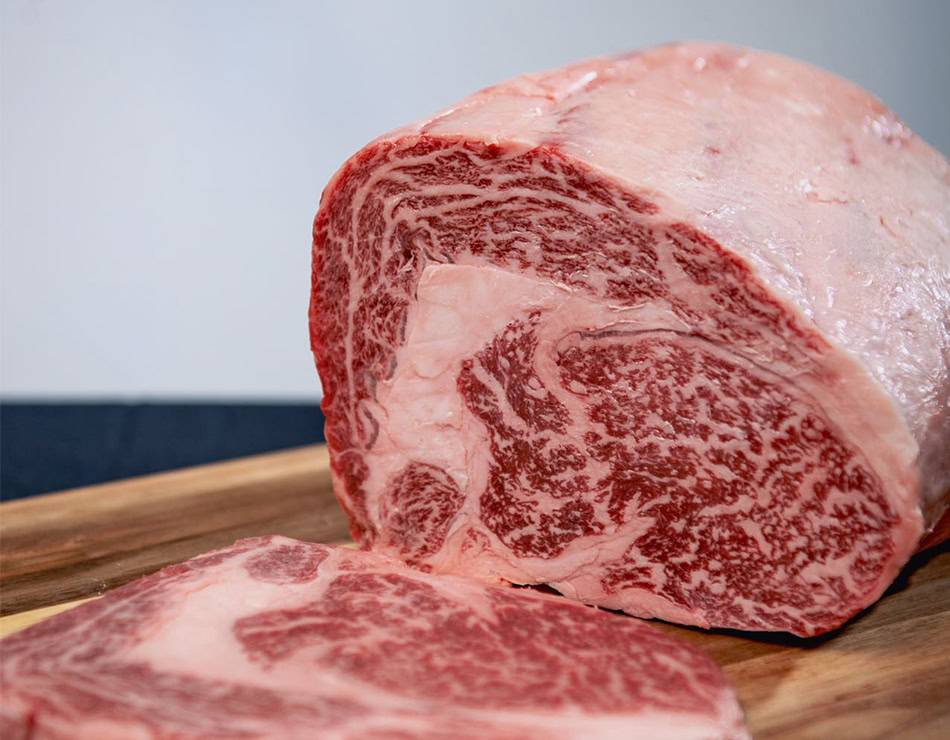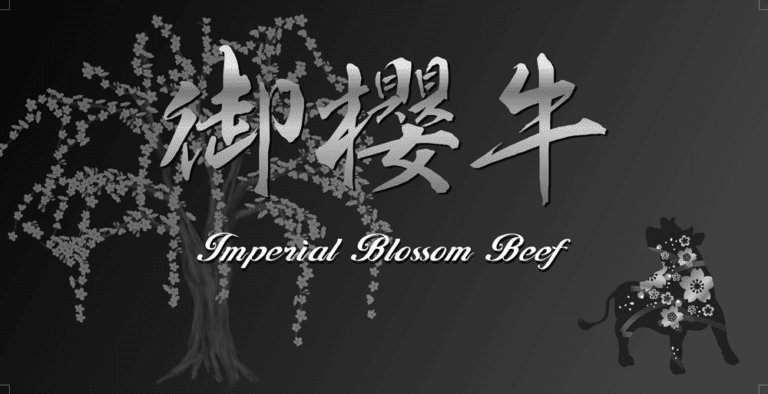
What is the difference between A5, B5 and C5 Grading Japanese Wagyu
If you’re diving into the world of Japanese Wagyu, you might be wondering what all those grades mean. The grading system can

There’s something undeniably special about Wagyu beef—the rich marbling, the melt-in-your-mouth tenderness, the depth of flavour that leaves a lasting impression. It’s no wonder that Wagyu has earned a reputation as one of the most luxurious meats in the world. But what if you could take that experience to the next level by trying your hand at home butchery and culinary artistry? By cooking Wagyu to the ideal doneness, whether seared or slow-roasted, one can unlock its full potential for an unparalleled dining experience.
Before we dive into the DIY process, let’s take a moment to appreciate what makes Wagyu beef so special. Wagyu is renowned for its exceptional marbling, which refers to the intricate network of fat that runs through the meat. This marbling not only enhances the flavour and tenderness of the beef but also gives it a luxurious texture that is unmatched by any other type of beef.
Wagyu beef comes in various cuts, each with its own unique characteristics and culinary applications. From the rich, buttery flavour of the ribeye to the lean tenderness of the filet mignon, there’s a Wagyu cut to suit every taste and preference. Understanding the different cuts and their qualities is the first step towards mastering DIY Wagyu cutting and cooking.
While professional butchers have years of experience and specialised equipment at their disposal, DIY Wagyu cutting is not as daunting as it may seem. With a sharp knife, a bit of patience, and some basic knowledge of anatomy, you can break down a whole Wagyu primal into individual cuts right in your own kitchen.
Before you begin, make sure you have the necessary tools on hand. A sharp chef’s knife or boning knife is essential for precision cutting. Additionally, you may want to have a meat cleaver or saw for tougher cuts, as well as a cutting board with a non-slip surface to prevent accidents.
Wagyu beef is typically divided into several primal cuts, each of which contains a variety of individual steaks and roasts. The main primal cuts include the rib, loin, sirloin, and round. Familiarise yourself with the anatomy of the animal and the location of each primal cut to guide your cutting process.
Begin by trimming any excess fat and silver skin from the surface of the meat. Then, using your knife, carefully separate the primal cuts into smaller portions, following the natural seams between the muscles. Take your time and work methodically to ensure clean, even cuts.
Once you’ve broken down the primal cuts, you can further portion them into individual steaks or roasts according to your preferences. Pay attention to the thickness of each cut, as this will impact the cooking time and final presentation.
After cutting the Wagyu beef into individual portions, it’s important to properly package and store them to maintain freshness and prevent freezer burn. Vacuum-sealed bags are ideal for long-term storage, as they remove excess air and create an airtight seal that helps preserve the quality of the meat.
With your freshly cut Wagyu beef in hand, it’s time to put your culinary skills to the test. Wagyu beef is incredibly versatile and can be prepared in a variety of ways, from simple grilling to slow-roasting to sous vide cooking. Experiment with different cooking methods and flavour combinations to discover your favourite way to enjoy this exquisite meat.
Grilling is perhaps the most popular way to cook Wagyu beef, allowing the natural flavours of the meat to shine while imparting a delicious smoky char. Preheat your grill to high heat, then sear the Wagyu steaks for a few minutes on each side until they reach your desired level of doneness. For extra flavour, try brushing the steaks with a homemade marinade or rub before grilling.
Sous vide cooking is a foolproof method for achieving perfectly cooked Wagyu beef every time. Simply season the steaks with salt and pepper, vacuum-seal them in a bag, and place them in a water bath set to the desired temperature. Cook the steaks sous vide for several hours, then finish them with a quick sear in a hot pan for a caramelised crust.
Roasting is an excellent option for larger cuts of Wagyu beef, such as roasts or briskets. Season the meat generously with herbs and spices, then roast it in a preheated oven until it reaches the desired internal temperature. For added flavour, baste the meat with pan drippings or a savory glaze during cooking.
Stir-frying is a quick and flavourful way to prepare thinly sliced cuts of Wagyu beef, such as flank steak or sirloin. Heat a wok or skillet over high heat, then add the sliced beef along with your favourite vegetables and stir-fry until the meat is cooked through and the vegetables are tender-crisp. Finish with a splash of soy sauce or a tangy stir-fry sauce for extra flavour.
DIY Wagyu cutting and cooking is a rewarding job that allows you to take full control of the culinary process and create restaurant-quality dishes in the comfort of your own home. By mastering the art of butchery and exploring different cooking techniques, you can unlock the full potential of Wagyu beef and experience its unparalleled flavour and tenderness like never before. So why not roll up your sleeves, sharpen your knife, and embark on a delicious journey of discovery? With Wagyu beef as your canvas and your kitchen as your playground, the possibilities are endless.

If you’re diving into the world of Japanese Wagyu, you might be wondering what all those grades mean. The grading system can

Recipe by Shane Middleton, Head Chef of Papi Katsu Perth CBD Kombu -Jime +9 Stone Axe OP Rib 1 x






